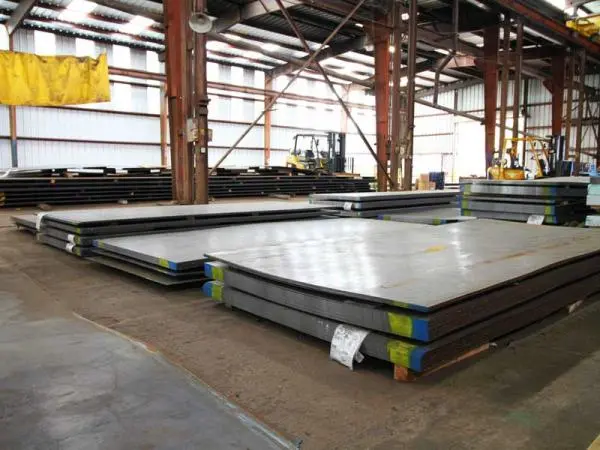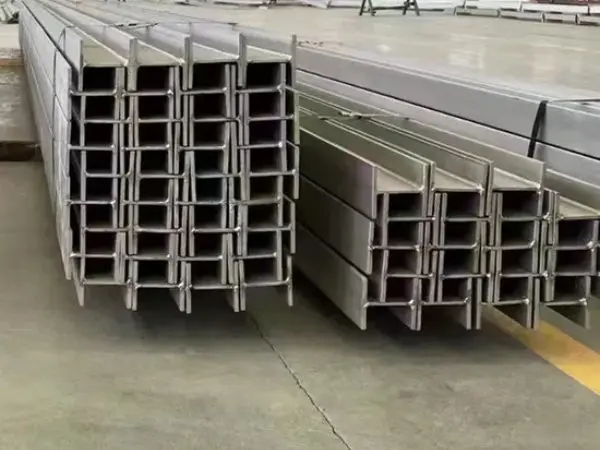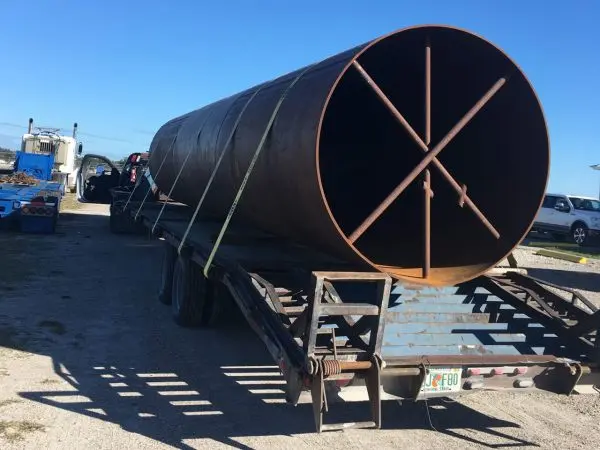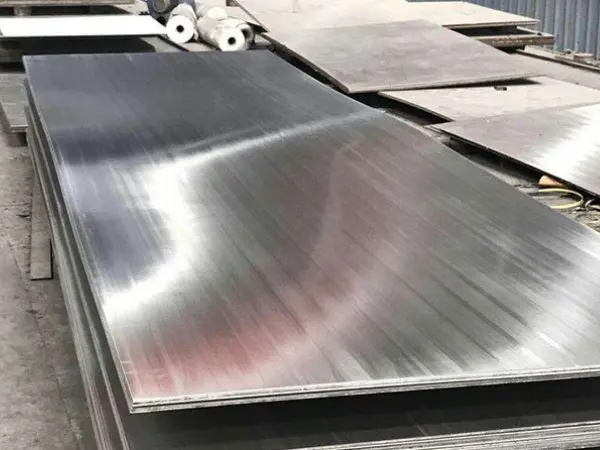- Phone0086 731 8564 8255
- E-mailsales@cscsteel-manufacturing.com
-

When purchasing seamless carbon steel pipes, there are several important precautions to consider to ensure you select the right product for your specific needs. Here are key factors to keep in mind.
1. Identify the Application
Purpose and Environment: Understand the specific application for which the seamless carbon steel pipe will be used (e.g., oil and gas, construction, pressure vessels). The environmental conditions, such as exposure to corrosive substances or extreme temperatures, will affect the required specifications.
Pressure and Temperature Requirements: Consider the operating pressure and temperature the pipe will face, as these factors influence the material grade and wall thickness.
2. Select the Appropriate Grade
Material Standards: Seamless carbon steel pipes come in various grades, such as ASTM A106, A53, or API 5L. Ensure the grade meets the mechanical and chemical properties required for your application.
Corrosion Resistance: Carbon steel is prone to corrosion, so if the pipe will be exposed to corrosive environments, you may need to choose a pipe with anti-corrosion treatments or consider alternatives like stainless steel or applying external coatings.
3. Check the Dimensions and Tolerances
Size and Wall Thickness: Ensure the pipe's outer diameter (OD), inner diameter (ID), and wall thickness meet the specific requirements of your project. Verify that the tolerances align with the relevant standards for your industry.
Straightness and Roundness: Check the pipe for straightness and roundness, as deviations may affect performance, especially in high-pressure or precision applications.
4. Inspect the Manufacturing Process
Seamless Production Process: Seamless carbon steel pipes are produced without welding, offering better strength and performance. Make sure the pipes are manufactured through reliable processes like hot rolling or cold drawing.
Quality Control: Request details about the manufacturer's quality control processes, including inspections, testing, and certifications like mill test reports (MTR) that prove compliance with standards.
5. Review Testing and Certification
Testing: Ensure the pipes have undergone necessary tests such as hydrostatic tests, non-destructive testing (NDT), or ultrasonic inspections to detect any potential defects.
Certification: Check for certifications like ISO or API certification, which ensure that the manufacturer follows industry standards and regulations.
6. Surface Treatment and Finishing
Surface Protection: Determine whether the pipes need protective coatings, such as galvanized coatings, to protect them from rust and corrosion.
Surface Finish: Depending on the application, the pipe’s surface finish may be critical (e.g., smooth for certain fluid transportation systems). Verify if the required finish is provided.
7. Supplier Reputation and Reliability
Manufacturer and Supplier: Purchase from a reputable manufacturer or supplier with a proven track record. Review customer feedback, verify the supplier's credentials, and inquire about previous projects they’ve supplied.
Availability and Delivery Time: Ensure the supplier can meet your project timeline and provide the quantity and specifications you need within the required timeframe.
8. Consider Cost-Effectiveness
Price vs. Quality: While cost is important, avoid choosing a product solely based on price. Focus on quality and long-term performance to minimize issues such as maintenance costs or failure risks down the line.
By taking these precautions, you can ensure that the seamless carbon steel pipes you purchase meet your technical, operational, and budgetary needs effectively.




